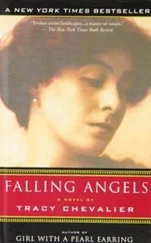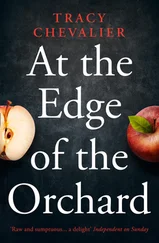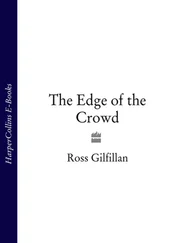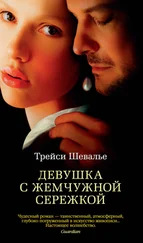“How’d you bring down such a big tree?” he could not resist asking, though he did not add, “and why?”
“Auger pump,” the man explained. “They brought one up from a mining camp, added an extra length to it and drilled holes into the trunk all the way around.”
“I was there,” another worker added, glad to have an excuse to stop sawing. “It was a few months back. Took twenty-two days, and even when we finished drilling, the tree didn’t come down. Wouldn’t come down even when we drove wedges into it. Even when we butted it with another tree. Nothing. Then we went off for dinner and crash! Down it came. Spooked deer and brought rabbits out of their holes. I never saw birds go so crazy.”
“Want work?” the first man said. “We need the help.”
Robert shook his head, for the first time in his life turning down work. He did not want to be paid to climb all over a felled redwood.
The man grunted. “You’re the second fool to turn your nose up at good money today. You two brothers?” He jerked his head towards a tall man with a dark beard and hair sitting on a rock off to the side of the trunk. He was studying the tree intently, occasionally writing something in a notebook perched on his knee. As Robert watched, he jumped up and picked his way through the tree’s branches, which were scattered around the trunk, some detached by the fall, others still part of the trunk. Their needles were surprisingly still green, though it had been cut down some months before. The man squatted by a branch, felt the needles, then took a magnifying glass from his pocket and looked at them through it. After a while he sat on the ground, the needles in his lap, and began to sketch. He seemed unaware of being watched.
Robert found his behavior almost as interesting as the giant trees themselves. He had never seen someone look so hard at a tree before, noting every aspect of it. Now the man was on his feet again, picking up small cones and bringing them up to his magnifying glass before dropping them. Now he was on his knees, scratching at the shaggy bark on the trunk. Now he was walking along the trunk in long, even strides, counting.
Robert did not join him immediately, but left the workers and went to stand some distance from the man. He would let him approach when he was ready. The man finished measuring but continued to walk back and forth, gradually getting nearer. Robert smiled to himself: it was like waiting for his gray to settle and allow himself to be saddled. The man’s black hair was tinged with gray but was surprisingly glossy, as if he used macassar oil in it, and it was short and stood straight up, in contrast to most frontier men’s long hair, pressed down by their hats and lank with grease and sweat. His beard closely followed his cheeks and jaw. As he drew closer, Robert took in the low brow and deep-set eyes and long nose making a decisive T in his strong, stubborn face. He was probably in his late forties, a good twenty years older than Robert; but it was not easy to tell, for traveling aged men in different ways. Robert himself was lean and wiry, but with a face as rough and scarred as the redwood stump. Only his clear brown eyes remained youthful, tagged with crow’s-feet from squinting in the sun.
Eventually they were standing side by side. The man held a cone in his hand in a familiar manner that suggested he did so often. This is a man who knows trees, Robert thought. “I counted one hundred and two paces,” he said.
“Ninety-five,” the man corrected. “Though I am a little taller than you, so I’d take fewer strides. I estimate it’s three hundred feet long-three-twenty if the tip were still on. Not as tall as the coastal redwoods, but still tall. But its girth is what is so extraordinary.”
“Are these redwoods different from those along the coast?”
“These are not redwoods,” the man replied, firm as a schoolteacher. “Never call them redwoods. They’re sequoias. Same family but different genus and species. They’re wider but not as tall as redwoods. The canopy shape is different: sequoia branches are shorter and hug the trunk, while redwoods’ upper branches grow straight out, their lower spread out and then down. And the needles-see?” He leaned down to pick up a branch that had been shed. “Completely different. The sequoia’s are like scaly strings. Redwoods have flattened needles more like those of pines. And the cones.” He handed Robert a green cone he held; it was about the size of a chicken egg. “Redwood cones are smaller than these-maybe half the size.”
In this rapidly delivered lesson Robert detected an English accent, sifted through gravel. It was not a fresh-off-the-boat accent, but had tinges of Spanish in it, and of traveling to many places where a man’s mouth was pulled in different directions.
“It’s much dryer here than where the redwoods grow near the coast,” Robert remarked, wanting to keep the conversation alive.
The man nodded. “Heat’s opening up the cones so the seeds come out. Like this.” He picked up a dry brown cone and shook it. “See, the seeds are almost all gone.” He tossed the dried cone into the undergrowth. “Can only collect the green ones.”
“Are you? Collecting them?” Robert noticed for the first time that there was a sack at the man’s feet.
The man frowned-though it didn’t change his face much, as his brow was already low and tight across his nose. His eyes were so narrow that Robert doubted he would ever glimpse their true color. “You with the Laphams?”
“Who?”
“The brothers who staked a claim on this grove. You working on that?” With his head he indicated the building activity behind them.
“I don’t know anything about that. I’ve just come to see the trees.”
The man picked up the sack, dropped the green cone in, then turned his back, bent over and picked up another one.
“I don’t even know what bowling is,” Robert added.
The other paused, then tilted his head slightly to one side as he responded. “It is the most ludicrous game imaginable. You set up little logs in a formation, then roll a wooden ball at them to knock them over. Apparently these trees are not enough entertainment for visitors; they must have other attractions to keep them occupied.” He held out his hand. “William Lobb.” Robert shook it. “Now, are you going to help or just rest your feet?”
They started with the felled tree, scrabbling among the branches for any green cones they could find. The sequoia cones were distinctive and easily discernible from pinecones. Like chicken eggs, they were round at one end, tapered at the other, and fit snugly in the palm of the hand. The scales were arranged close together in a way that made them look like someone had scored a pattern of diamonds onto the surface.
Lobb was so familiar with the cones that Robert was astounded to learn he had arrived at Calaveras Grove to see the giant sequoias only a few hours before Robert himself. He would soon discover, though, that Lobb was a walking encyclopedia of plants. He had seen so many seed cones in his time that when he found a new one he naturally slotted it in among the cones he had already catalogued in his head, adding to and comparing his knowledge.
Robert collected half a sack of them from around the tree, then William Lobb rummaged through them, pulling out a few that were half-chewed. “Chickarees got at them,” he explained, throwing them into the bushes. “Don’t collect those. You ship ’em like that and they’ll germinate on board, or rot.”
Robert frowned, puzzled by everything Lobb had said, but not wanting to ask too many questions. He grasped at the most immediate. “Chickaree?”
“Pine squirrels-those noisy little things you see all over. Listen a minute and you’ll hear one.” They stood still, and soon a chattering began in a small sugar pine nearby. Robert looked up and watched the tiny squirrel with its reddish fur, pale belly, and dark stripe separating the two.
Читать дальше
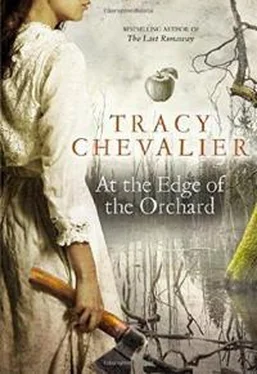

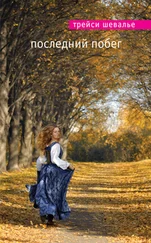
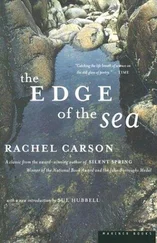
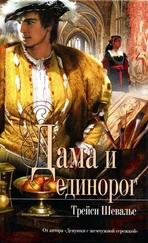

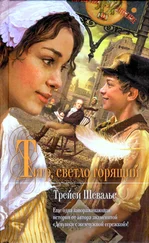
![Трейси Шевалье - Тонкая нить [Литрес]](/books/386177/trejsi-shevale-tonkaya-nit-litres-thumb.webp)

